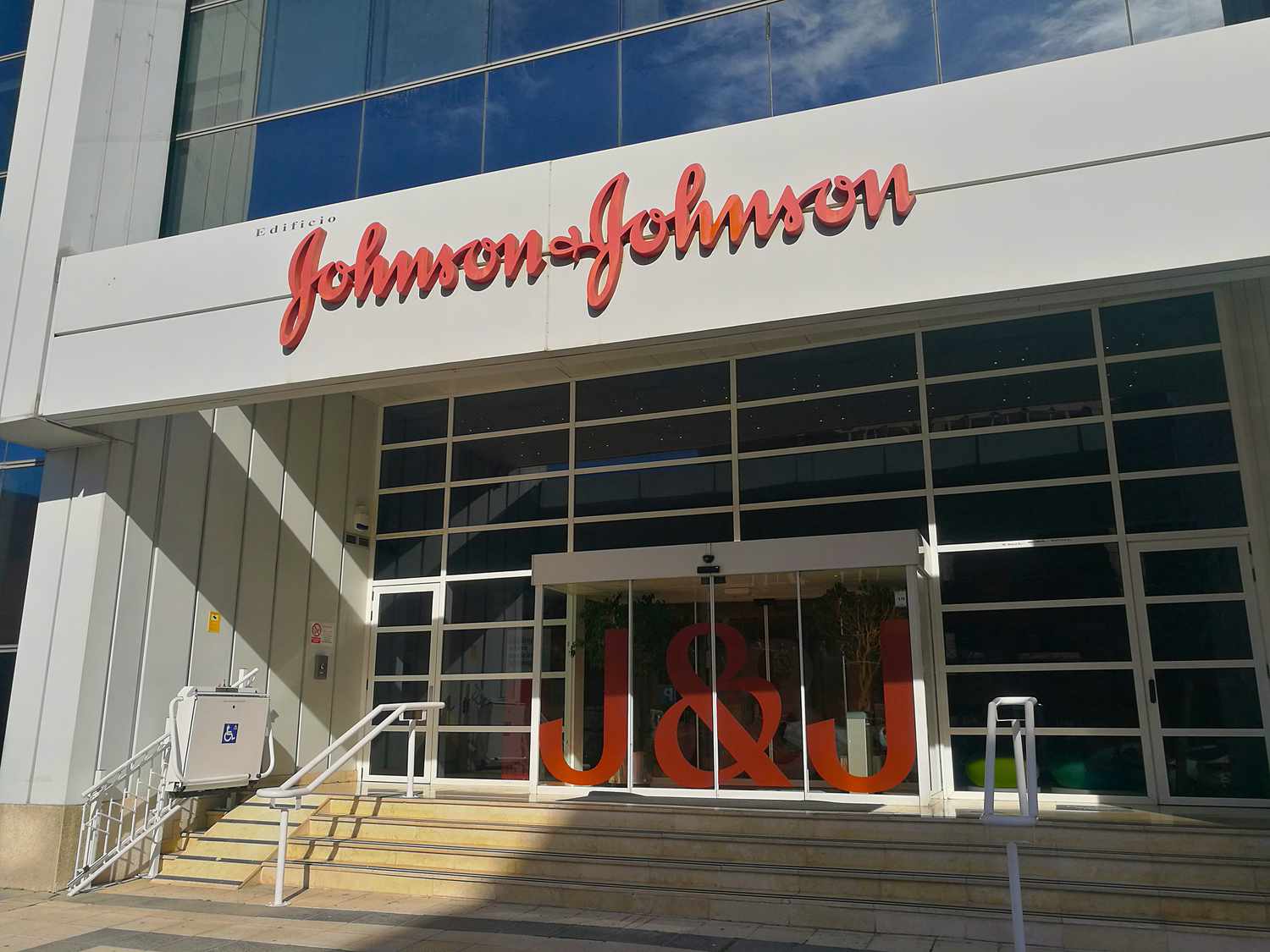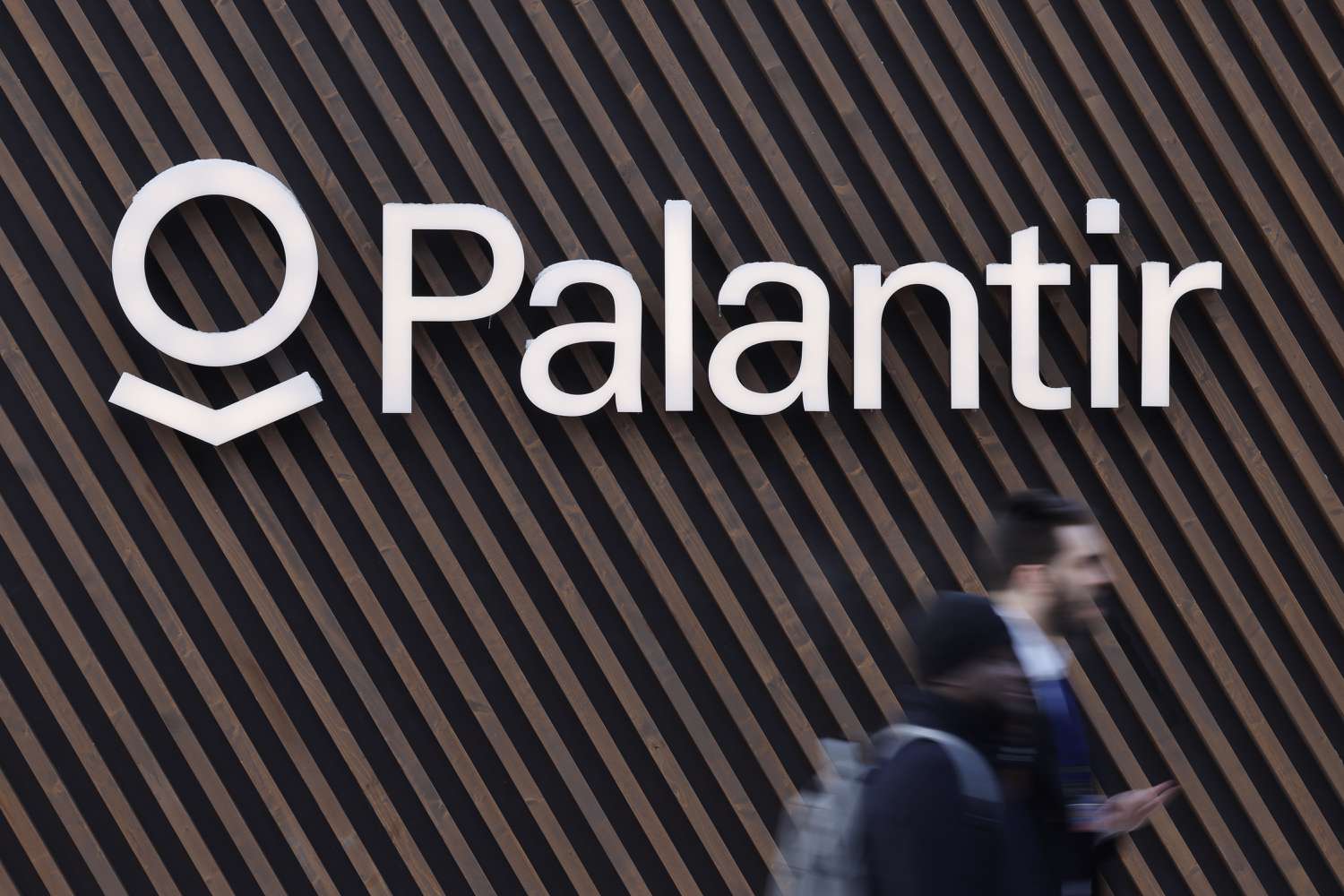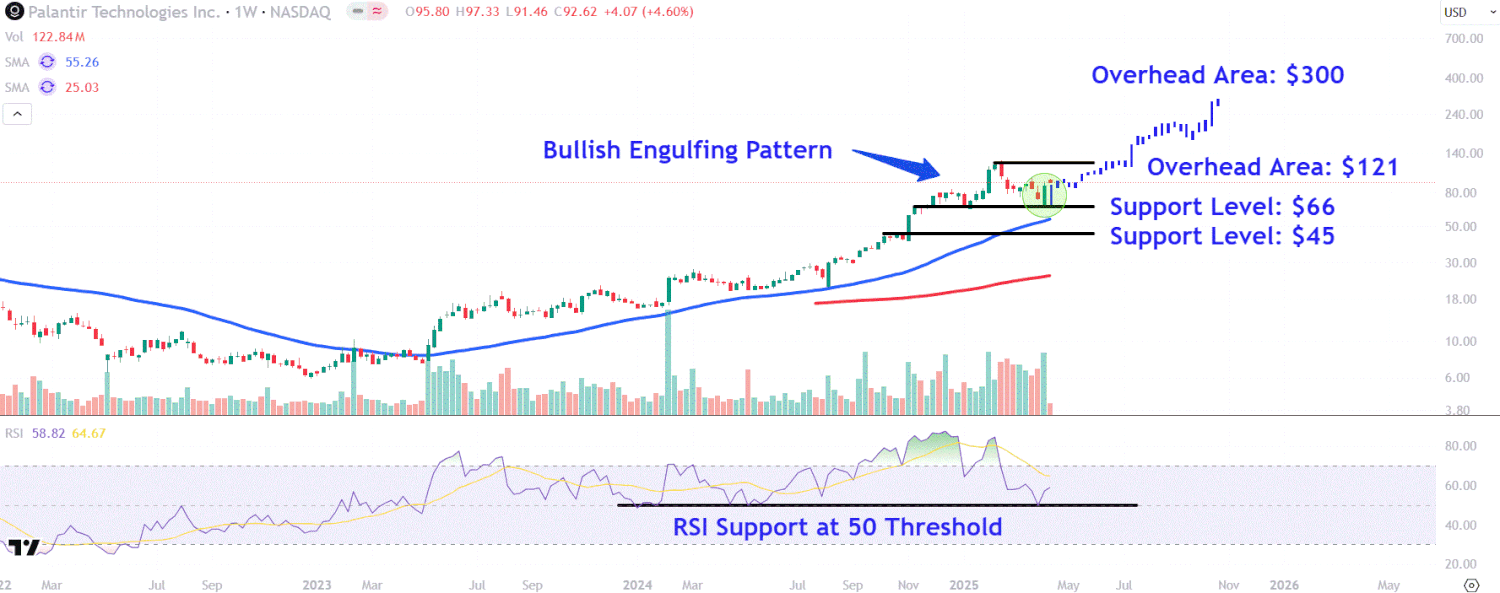KEY TAKEAWAYS
- Car insurance prices have doubled since the COVID-related supply chain disruptions. Although price increases have slowed recently, they are projected to rise sharply because of tariffs.
- President Donald Trump’s 25% tariff on cars and car parts could increase the cost of repairing and buying a car, forcing insurers to raise prices for coverage.
- Amidst an escalating trade war between the U.S. and China, tariffs on car parts such as semiconductors, windshield wipers, and turn signals could also increase car prices.
U.S. drivers may see their auto insurance prices increase on their next renewal as President Donald Trump’s recent tariffs will likely make buying and repairing cars more expensive.
Over the past five years, auto insurance prices have more than doubled as COVID-related supply chain interruptions made car repairs more expensive. However, car insurance price increases have slowed since the beginning of the year and even decreased in March, according to the latest CPI data.
Yet, insurance price increases could pick up again if Trump’s 25% tariff on all foreign-made cars and parts stands as is. The import tax will likely increase the cost of buying and repairing cars by thousands of dollars, and that could cause insurance coverage to get more expensive, experts said.
“Over the past year, many carriers have eased underwriting restrictions or introduced more flexible payment plans to drive new business,” Josh Damico, vice president of Insurance Operations at Jerry, a car insurance comparison app, said in a statement. “But with tariffs potentially raising claims costs and pressuring profitability, some insurers may pull back on these tactics and take a more cautious stance for the remainder of the year.”
The tariffs on cars and others, like those on steel and aluminum, will likely increase car repair and rental costs, pushing average annual full-coverage car insurance prices to about $2,759 by the end of 2025, according to Insurify, an insurance comparison company. Insurify estimates coverage prices will rise by 19% in 2025, 14 percentage points higher than without Trump’s tariffs.
“The consensus is that recent tariffs will raise the price of auto parts and cause insurers to spend more money on repair claims,” said Mallory Mooney, director of sales and service at Insurify, in a press release. “Faced with this cost increase, we expect insurers will have no other option than to pass these losses on to drivers in the form of higher premiums.”
In addition, as part of an escalating trade war between the United States and China, Trump raised the total tariffs levied against Chinese goods to 145%.
In 2024, China exported $16.40 billion worth of vehicles and $11.94 billion of iron or steel to the U.S., according to the U.S. International Trade Commission. Additionally, China was one of the top exporters of other items used to make and repair vehicles, like semiconductors, windshield wipers, and turn signals.
“The degree of impact will depend on how heavily individual manufacturers and repair shops rely on goods sourced from China,” said Damico in an email. “Vehicles with greater parts exposure could see the most pressure.”
Stephen Crewdson, managing director of global business intelligence—insurance for JD Power, said in an email that these cost changes may take a couple of months to reflect in insurance policies, as most policies renew every six months.



















